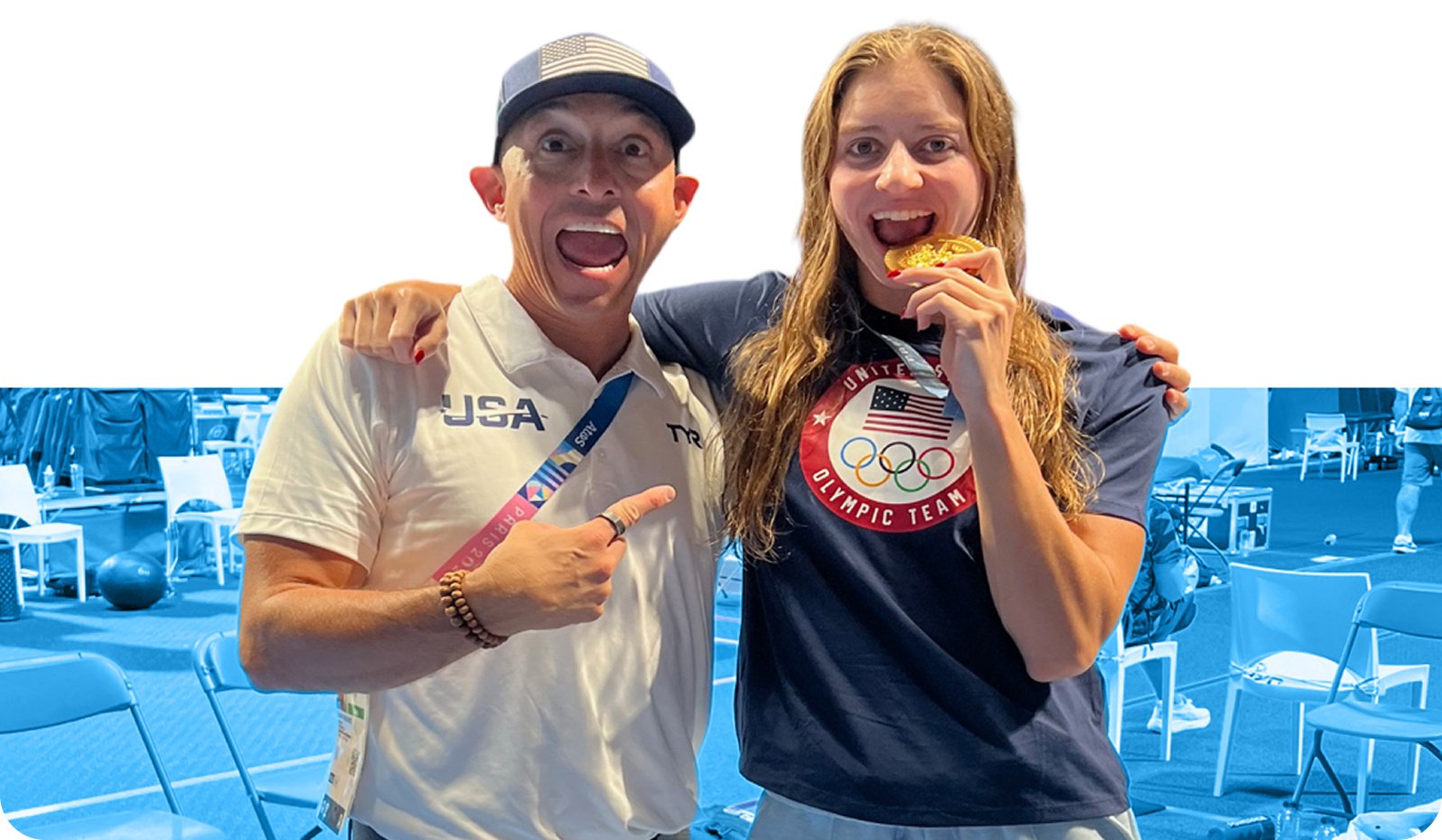Everyone knows you have to train hard to swim fast, but in reality, overtraining can harm performance in the water as much as undertraining does. Staying healthy is integral to becoming a faster swimmer. If you aren't healthy, you can't train well.
Furthermore, injury and illness risks increase when workload and intensity change too much. It’s essential to do the right work at the right quantity, intensity, and time to maximize performance.
How does Readiness determine your body's capacity to take on the workout?
TritonWear Readiness is ranked on a scale of 0-100. The score gives an overview of your body’s readiness to train. With Readiness, you have an insider look into how your body adapts to stress, work, nutrition, training, and more.
Recovery involves the athlete’s response to training, which is influenced by hydration, nutrition, sleep, stress and other habits. A swimmer’s response to training is not only affected by the intensity of the workout but by multiple factors like age, background fitness level, etc. The driving factor in response to training lies in the relationship between training load and physiological adaptations. Reports on micro variables showed links between overreaching/overtraining and the poor health status of the swimmers.
TritonWear Readiness tracks load change over time, giving your injury risk and status (safe, overtraining, or undertraining). Staying ‘’safe’’ in Readiness allows you to recover from strenuous training. However, periodization will influence intensity (how it fits into the yearly training plan).
For instance, while tapering, the training load is gradually reduced. When done right, the reduction in training load has been shown to produce significant performance gains. To improve performance, you will need to take on high-intensity workouts. But to be ready for those high-intensity workouts, you must be adequately recovered. Aiming for as many optimal Readiness days (score 80 and higher) as possible is essential to enable training hard without spending too much time overtraining.
How to adjust training to keep your body healthy?
1. Active recovery practice.
Low to moderate-intensity aerobic practices are often used for active recovery after high-intensity workouts. The goal of the recovery workout is to flush out lactate build-up from the previous strenuous training. This type of activity serves as an excellent opportunity to focus on technique. Since much of the strain for swimmers are placed on the shoulders, many of these workouts include kicking.
2. Adjust rest intervals.
What happens if you struggle to perform during a set, either by not hitting your goal times or not hitting the pace times? In this case, you or your coach can adjust the interval rest, giving you more time to recover between laps.
How do you determine what has influenced the drop in performance? TritonWear answers this question by enabling you to leverage real-time data during practice. Tritonwear Focus will show a fluctuation in metrics eluding a drop in skill execution. Stroke index, stroke rate and DPS are often the first to be affected. Your coach or yourself can view your metrics performance while tracking a live workout. Our platform will show you the metric and allow you to dive deeper into each rep and lap of the set.
3. Use of equipment to maintain volume.
You can use equipment like fins and pull boys to maintain volume but lessen the body strain. Adding fins to your training can help reduce the impact on your shoulders. Both fins and pull boys help improve the body’s position in the water. This elevated position helps further reduce drag. Lastly, by removing the kick altogether with the pull boy’s use, you can swim for longer.
Key Takeaway
High intensity and overtraining are integral parts of many training plans, most alternating between overtraining and recovery days. While time in both overtraining and safe zones can be beneficial towards reaching one’s goal, long term, users must balance training and recovery.
TritonWear Readiness has removed the guesswork from determining your body’s capacity to take on the workout, but it requires tracking all workouts. Tracking Readiness on all workouts will help summarize your progress best and accurately depict your body’s status.
Next learn: Adjusting Intensity to improve overall performance.

.png)


.png)

.png)